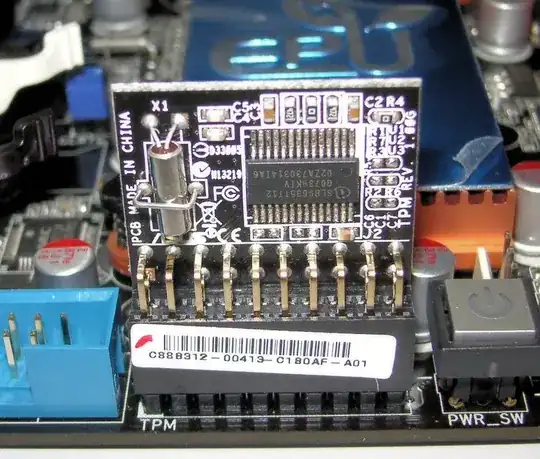I stumbled across this image and something immediately stood out to me. This is a photograph of a discrete TPM card. That silver cylinder on the left is a crystal oscillator, used to tell time with very high precision. At first I thought it must be used as a clock source, but if I recall correctly, TPMs and other tamper-resistant microcontrollers rarely, if ever, use external clock sources in order to make glitching attacks more difficult. What use would a TPM have for accurate timekeeping? If it actually is being used as an external clock source, what is done, if anything, to mitigate clock glitching?

EDIT: It seems I was incorrect claiming TPMs never using an external clock. According to the datasheet for SLB9635TT2.0, the LCLK pin provides an external clock typically driven by the PCI bus (normally 1-33 MHz). However, there is no explanation in the datasheet for the oscillator.
